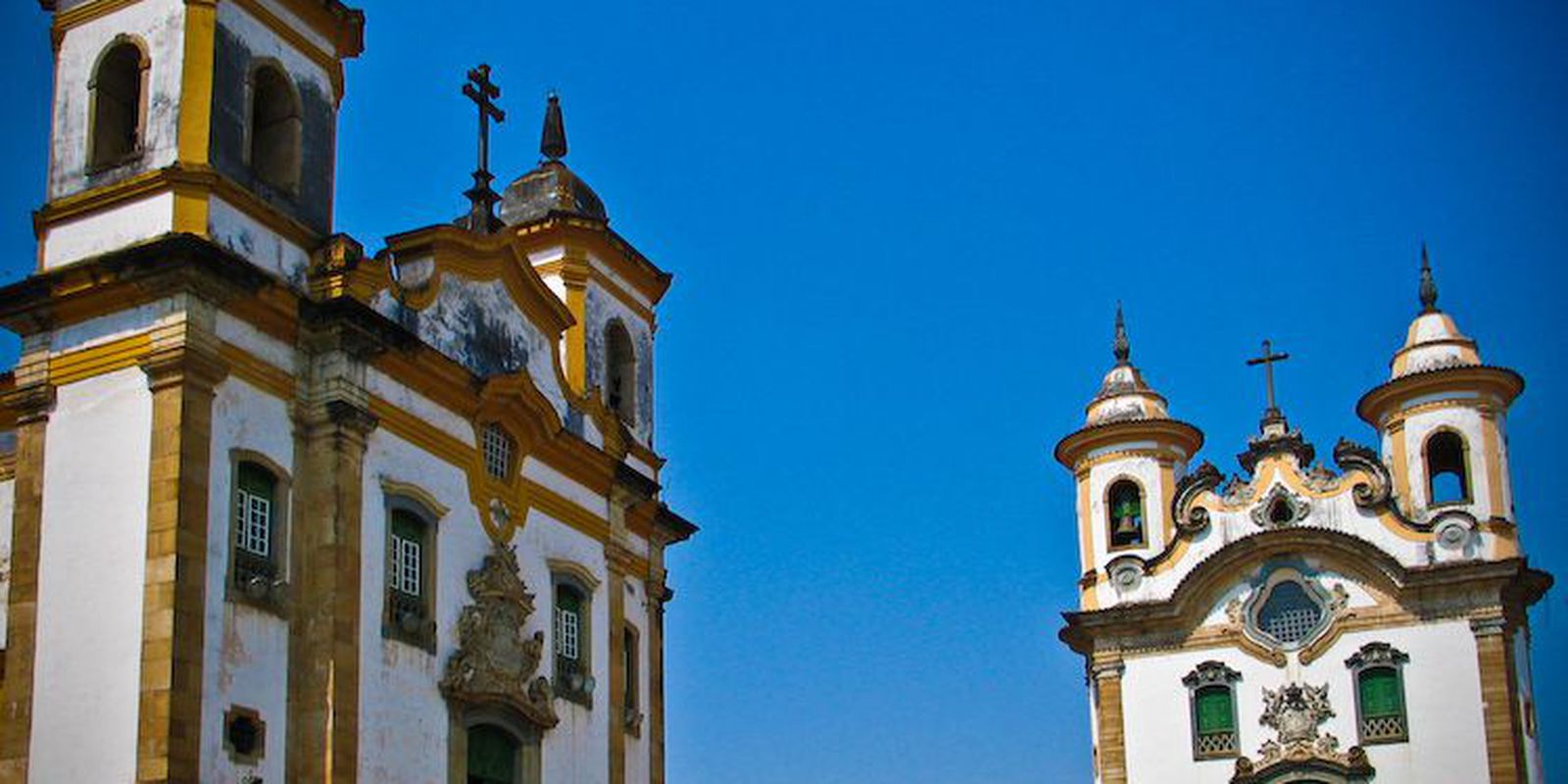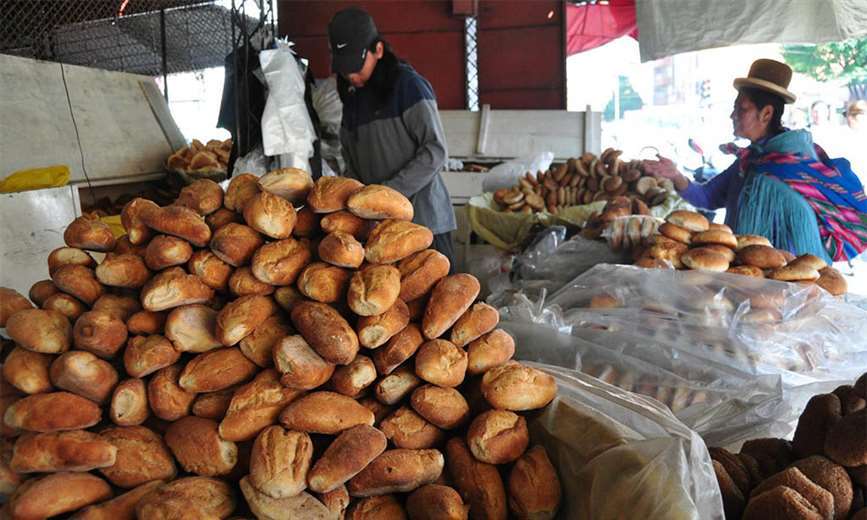The Mariana Museum, located in the historic city of the same name, in Minas Gerais, should have its first unit open to the public next year. The expectation is that still in 2023, the second unit will be ready to also start operating.
The work, which will have financial support from the National Bank for Economic and Social Development (BNDES) in the amount of R$ 3.075 million, provides for the physical restoration of a property built in the 18th century, on Rua Direita, where the second unit of cultural equipment will operate. The non-refundable resources will also be invested in heritage education actions and in the development of a tourist itinerary for the city, the former capital of Minas Gerais.
With a total value of R$ 6.15 million, the project will be developed by Instituto Pedra, a non-profit organization, in partnership with the municipality of Mariana. The remainder will be divided between Instituto Cultural Vale (R$ 2.02 million), the municipality of Mariana (R$ 783.24 thousand) and Instituto Pedra (R$ 267 thousand), which developed the architectural project.
The project is the first approved among 21 pre-selected proposals by the so-called Resgatando a História 2021, a BNDES program in partnership with the private sector that will invest around R$ 309.8 million in restoration and conservation works in the country. The list of the 21 pre-selected projects and those that make up the reserve register is available in this link.
museography
The deputy director of Instituto Pedra, Norton Ficarelli, responsible for the first unit of the museum, told Brazil Agency that the architectural restoration works of the Casa do Conde de Assumar were completed at the end of last year and that, throughout 2022, the procedures for the implementation of the museography and expography of this cultural space will begin.
Decree from the city of Mariana created the museum in legal and institutional terms this year. “The first unit should be ready in 2023 and will tell the story of the city from its origins to the beginning of the 20th century”, said Ficarelli.
The second unit, which will operate in a large house on Rua Direita, was selected by the Resgatando a História program. There, the scope is similar to that of Casa do Conde de Assumar, explained the director of Instituto Pedra. The works include the restoration of the property, whose architectural design was made by the institute itself, and the implementation of the museography, “because the mansion is complementary to the first unit of the museum”. The unit is smaller than the Casa do Conde de Assumar and will be focused on the city’s history in the 20th and 21st centuries, until the Mariana Dam disaster.
The museographic project of the first part of the museum has already been completed. The production is by the company Expomos, contracted by the local government, which is also producing the project for the second unit. Ficarelli explained that the cultural project on Rua Direita will be made possible by the Culture Incentive Law – Lei Rouanet and must be approved to receive funds from the BNDES.
According to Ficarelli, the project has already had initial approval by the Culture Incentive Law and, in the coming months, it will undergo budgetary, scope and legal analysis by the National Department of Culture, together with the National Historical and Artistic Heritage Institute (Iphan). ). With the final approval, the project will be able to receive the resources. The contract with the bank has not yet been signed.
The director of Instituto Pedra expects the project for the second unit of the Mariana Museum to begin in the second half of this year, with restoration work. The project is expected to be completed by the end of 2023. After the works are completed, the city of Mariana will take over the management of the museum.
Patrimony
The director of Productive and Social and Environmental Credit at BNDES. Bruno Aranha, highlighted that Mariana has an important Brazilian colonial architectural complex, recognized as a national heritage since 1938. He said that the bank already supports several initiatives in the municipality and that the implementation of the Mariana Museum will complement this performance, “allowing to understand the city as a legacy heritage.
With actions aimed at heritage education and the development of a tourist program in the historic center, the BNDES will contribute to the economic diversification of the municipality, which today is focused on mining, added Aranha.
Disaster
The restoration of the mansion on Rua Direita, where the second unit of the Mariana Museum will operate, complements the restoration of Casa Conde de Assumar. The project involves the implementation of space for exhibitions, installation of an auditorium, adaptation of the space for people with special needs and actions to prevent and fight fires, among other initiatives, informed the BNDES.
There will be exhibitions that mainly contain the history of the municipality from the 20th century onwards, considering political, economic, social and cultural aspects, with emphasis on mining activities and their relations with the region.
Among the topics to be addressed is the environmental disaster caused by the rupture of a mining tailings dam in the district of Bento Rodrigues, in 2015. The impacts of the tragedy are still felt in the municipality.
The expographic project (set of techniques for developing an exhibition) provides for the use of multimedia content, such as interactive and audiovisual devices.
Program
The Resgatando a História program is a joint action by BNDES, the beverage company Ambev, Instituto Neoenergia and Instituto Cultural Vale, among other entities, and aims to support 21 selected projects for the restoration and revitalization of the national historical heritage. through public selection.
BNDES contributions come from the institution’s Cultural Fund and can count on tax incentives from the Federal Culture Incentive Law, provided that the projects are approved in the National Cultural Incentive Program (Pronac), which is a precondition for approval. and the disbursement of resources.
Proposals from the North and Northeast regions may count on greater financial participation from the bank, aiming to reflect the selection rules, which seek to stimulate regional initiatives with more difficulty in raising funds.
Over the last 24 years, BNDES has invested more than R$600 million in restoration, preservation and revitalization projects for around 200 monuments located in all regions of the country.









